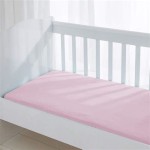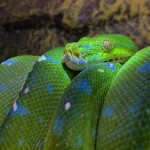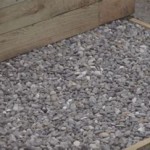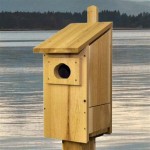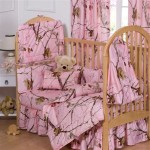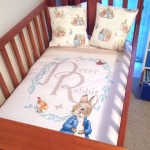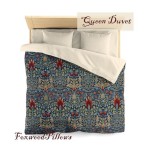Essential Aspects of Bedding for Hamsters: A Comprehensive Guide
Providing proper bedding is crucial for the well-being and comfort of your pet hamster. The type of bedding you choose will impact their health, hygiene, and overall happiness. This guide will delve into the essential aspects of bedding for hamsters, ensuring you make informed decisions for your furry companion.
Material Considerations
The ideal bedding material for hamsters should be soft, absorbent, and free from harmful chemicals or dust. Common options include:
- Paper-based bedding: Made from shredded paper or cardboard, it is highly absorbent and odor-controlling, making it suitable for hamsters with respiratory issues.
- Aspen shavings: Derived from aspen wood, these shavings provide a natural and absorbent environment. However, they can be dusty, so choose kiln-dried varieties for reduced dust.
- Pine shavings: Offer similar benefits to aspen shavings but contain essential oils that can be harmful to hamsters. Avoid pine shavings unless they are labeled specifically for small animals.
- Cedar shavings: Not recommended for hamsters as the oils can cause respiratory problems and liver damage.
Depth and Frequency of Changes
The depth of the bedding should allow your hamster to burrow and dig comfortably, typically around 6-8 inches. The frequency of bedding changes depends on the type of material used, but a general rule is to change it once a week or as needed if it becomes soiled or damp.
Hygiene and Odor Control
Bedding plays a significant role in odor control and maintaining good hygiene in the habitat. It absorbs urine and feces, preventing odors from building up. Regularly changing the bedding will ensure a clean and healthy environment for your hamster.
Burrowing Behavior
Hamsters are natural burrowers, and providing adequate bedding depth allows them to engage in this instinctive behavior. Burrowing helps them regulate their body temperature, hide from potential predators, and create a cozy nesting area.
Avoid Additives and Fragrances
Scented or treated bedding should be avoided as the chemicals or fragrances can irritate your hamster's respiratory system and cause health issues. Stick to natural, unscented bedding for the best care.
Additional Tips
- Provide a mix of bedding materials to cater to different preferences and needs.
- Consider adding hay or shredded paper to the bedding to provide extra warmth and texture.
- Avoid using cotton as bedding as it can absorb moisture and become entangled around your hamster's limbs.
- Regularly check the bedding for signs of moisture, mold, or discoloration, and replace it promptly.
By carefully selecting and managing the bedding in your hamster's habitat, you can ensure a comfortable, hygienic, and enriching environment for your beloved pet. Remember, a happy hamster is a healthy hamster!

What Type Of Bedding Is Best For Hamsters

Safe Hamster Bedding Society Singapore

Hamster Bedding The 6 Best Options That Are Safe And Burrow Friendly Dodowell Dodo

Bedding Happy Paws Hamsters

The Easiest Est Diy Hamster Bedding

Hamster Bedding The 6 Best Options That Are Safe And Burrow Friendly Dodowell Dodo

Dangerous Hamster Bedding Society Singapore

What S The Best Hamster Bedding Safe And Tips Littlegrabbies

The Best Hamster Bedding Options To Keep Your Pet Safe Pawtracks

Safe Hamster Bedding Society Singapore

